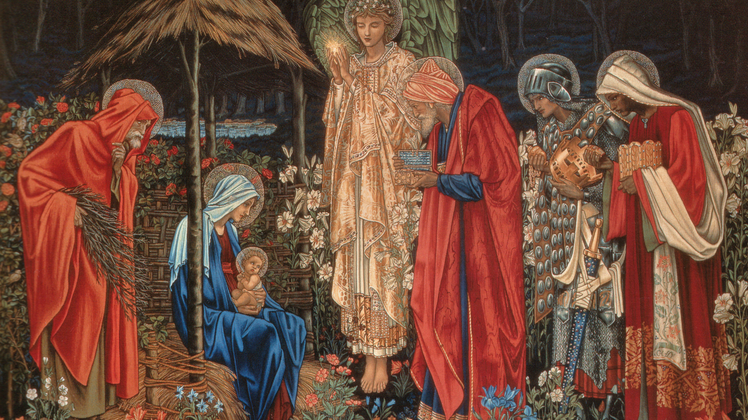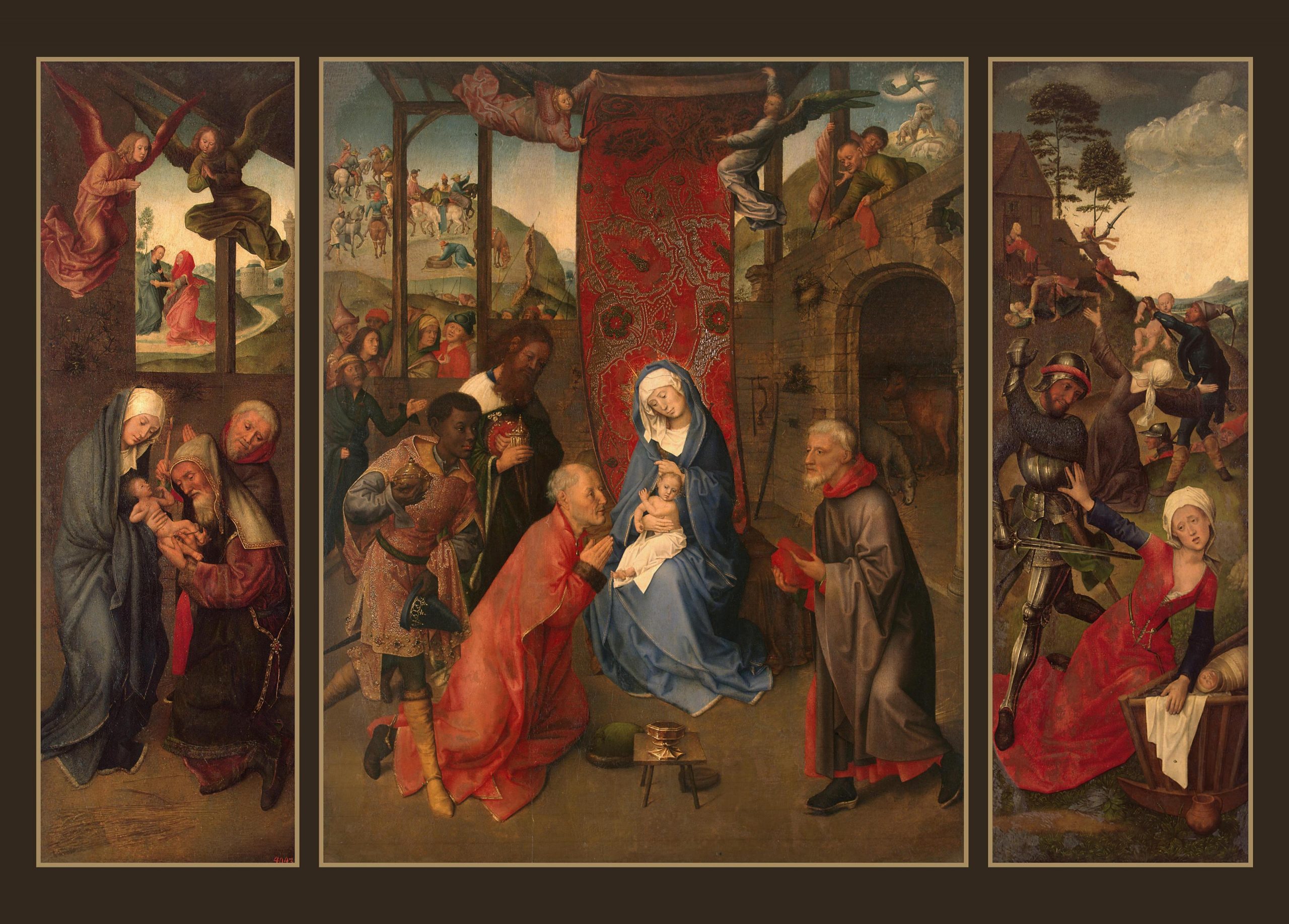Following the Light
The Epiphany of the Lord
click here for readings
“We saw the star at its rising, and have come to do Him homage” (Mt 2:2). So said the wise men to King Herod when they arrived in Jerusalem, seeking the newborn king. Who were these wise men? The gospels refer to them as magi, and tell us they came from the east. Historians have speculated as to their identity. Tradition even gives them names: Caspar, Melchior and Balthazar. But all we really know about them is that they saw a light, and they followed it to Christ. For this, they are called wise.
Jesus said of Himself, “I am the light of the world” (Jn 8:12). It is fitting that a star, source of physical light, would herald the arrival of Jesus, the source of spiritual light. Isaiah, foretelling the coming of the Messiah, proclaims, “Rise up in splendor, Jerusalem! Your light has come” (Is 60:1).
Jesus is often associated with light in the scriptures and in the prayers of the liturgy. John’s gospel calls Jesus a “light shining in the darkness” (Jn 1:5). During the Easter Vigil liturgy we proclaim Lumen Christi, “Christ our Light!” as the Paschal candle is brought into the church. Every Sunday when we profess our creed, we declare Jesus to be “light from light.”
Without light our eyes couldn’t function. Light allows us to see the world. It makes it possible for us to perceive our surroundings and our place within them. Light allows us to see each other, and to see ourselves.
This is why light has always been used as a symbol for knowledge and wisdom. When we finally understand something that we didn’t before, we say we have been enlightened. Even in cartoons, when a character has an idea, it’s depicted with a little light bulb over his head. Knowledge is associated with light because it allows us to see, if not with our physical eye, with the eye of our mind. This is why we express our understanding of a truth by saying, “I see!”
The coming of Christ is the dawn of a new day of creation — an eighth day — with a new sun rising, casting its illuminating light over a world that had for so long been shrouded in the darkness of sin and death. This is one of the reasons why Christian churches were traditionally constructed so that the people worshiped facing east, the direction of the rising sun. Just as the light of the sun defeats the darkness of night, so the light of the Son of God defeats the darkness of sin and death.
Once you begin to look at the world by Christ’s light, everything changes. C. S. Lewis describes it this way. He says, “I believe in Christianity as I believe that the sun has risen: not only because I see it, but because by it I see everything else.”
Light reveals truth. And this is what Jesus Christ does. This is what we celebrate with the Feast of the Epiphany, that name coming from the Greek word epiphanien, which means “reveal.” We celebrate the fact that in Christ God has fully revealed Himself, to Jew and Gentile alike. God’s light shines on the whole world. By His light we see God and we see ourselves. By His light we understand who we are and how we are to live. By His light we know mercy and justice, love and compassion, virtue and honor, goodness and beauty. All of this is revealed to us by the divine light of Christ.
We can shut our eyes to the light if we want to. We can block it from our view, and sit in the dark, if we prefer. But the light will still be there. It can never be extinguished. Only a fool would think he could extinguish the sun by drawing the curtains closed. He doesn’t hide the light; he only hides himself from it.
Let us not be foolish. Let us be wise; like the wise men who saw a light shining in the dark sky, and had conviction enough to rise up and follow it. Let us follow that light to Christ. Let us bow down and do Him homage, open up our treasures and offer Him our gifts. Let Jesus Christ, the light of the world, enlighten you this day.



